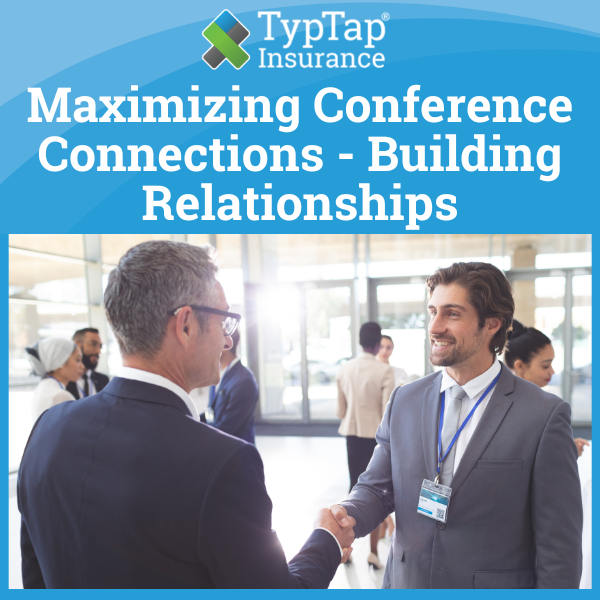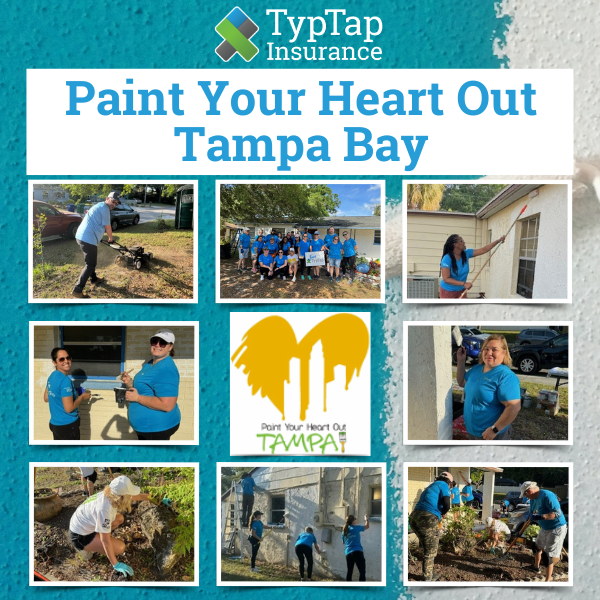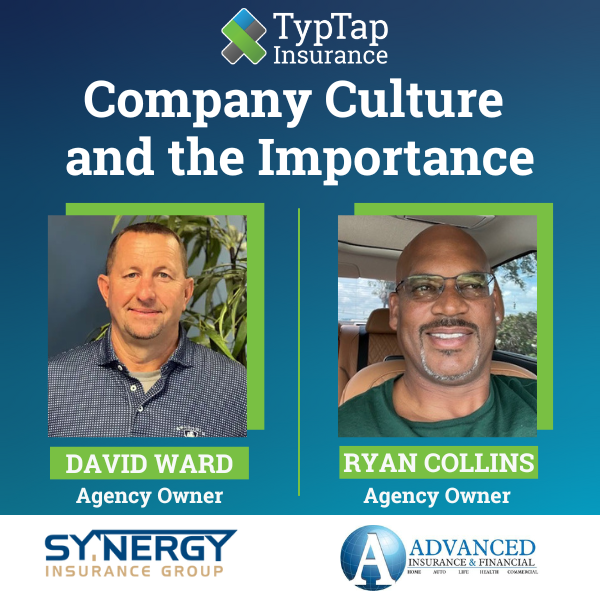Insurance convention season varies from state to state, but one thing is certain, there is no shortage of conferences and trade shows to attend, no matter where you live. Networking opportunities are one of the most important reasons to participate in a conference. The more people you meet, the more you learn about your profession, insurance, and the world. The insurance industry is built heavily on relationships. In a world filled with electronic devices, you will have one of the few opportunities to experience a face-to-face conversation and build strong bonds with other professionals.
As we come out of the pandemic and return to conferences in person, it’s important to refresh our approaches for an impactful event. Following a plan can ensure the connections built at events are long-lasting partnerships. Below are some tips and hints for creating action plans to employ before, during, and after the conference.
Before the Conference
Ask yourself what your main goal is: Strengthening pre-existing relationships? Making new connections? Finding an additional market to enter? Developing a strategy to guide your conference attendance will lead to a higher return on investment.
For example, suppose your goal is strengthening pre-existing relationships amongst carrier partners. In that case, the steps include the following:
Determine if the carrier’s management team will attend the conference.
Schedule a meeting with marketing representatives.
Plan to engage with all levels.
In the pre-planning stage, a simple step like requesting a conference registration list two weeks before the event can have a significant impact. It sets up successful interactions since this is an easy way to pre-screen potential target agents and other industry professionals to connect with.
If the conference has an app, download it and utilize its features, like selecting events you’d like to attend ahead of time and adding a current photo of yourself. If an app is unavailable, it is still best practice to investigate which booths and experiences you plan to engage with via the conference’s website or another information hub.
While planning who to connect with, drafting questions will ensure your interactions are fruitful for both parties. If meeting with an insurance agent, some questions you could ask are:
1. What are some trends you’ve seen this year?
2. Which elements of insurance plans do you think providers should prioritize?
3. What common requests from policyholders would you like assistance meeting?
4. How has your role as an insurance agent changed with the rise of insurtechs?
If your goal is making connections, the following steps include determining who you specifically would like to meet and if there is someone who can help broach an introduction. At the same time, begin proactive outreach with current contacts by telling them you will be at the conference and extending opportunities to meet while at the event. This method is more meaningful than speaking to the other party without reason.
At the Conference
Come prepared with text-friendly business cards with scannable QR codes when meeting new people. Be sure to follow up with the individuals you have met with and have a strategy in place to do so. To avoid confusing interactions, take notes on paper or on your device to call back to specific points in the conversation when writing a follow-up. Follow-ups sustain connections made in a conference environment.
One unique way to solidify connections is by taking photos of carrier and partner booths while they meet with attendees. It can slip many individuals’ minds, and taking a quality photo and forwarding it to the carrier or partner can help solidify that you are a valuable individual to work with.
After the Conference
Once the event ends, remember to send follow-ups to the individuals you met with. It is also essential to send a note expressing gratitude to the individual or entity that hosted the conference and your support of the organization and the event. Leverage your presence at the event on social media and use the appropriate event hashtags if applicable. Bring the knowledge you acquired from the event back to your team on the ground and tell them what is important.
Continue this process for each conference you attend, and be sure to place next year’s dates on your calendar to get an early start on future events as they approach.



